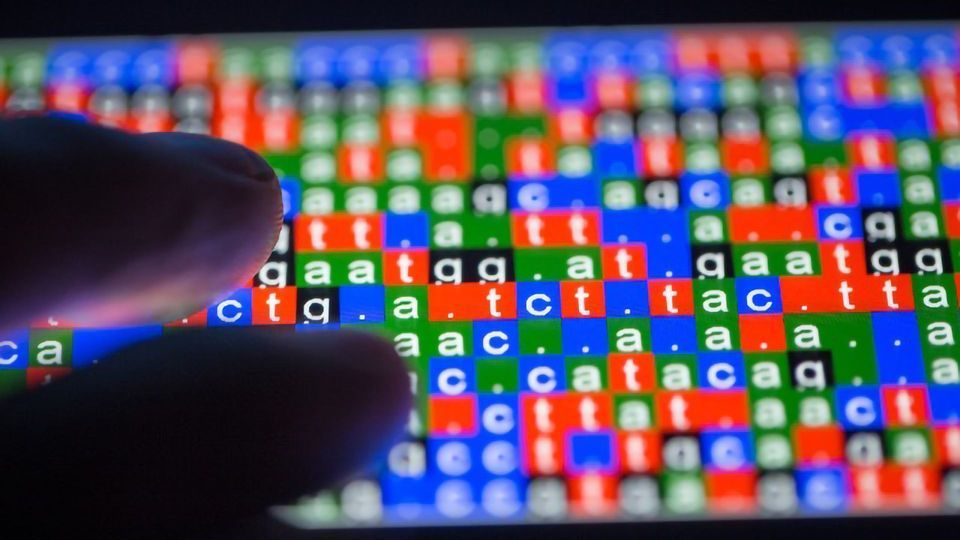Adopting Standardized Data Formats For End-to-end Genomic Data Processing

Complete the form below to unlock access to ALL audio articles.
GenomSys, a software company that develops technology for efficient processing and sharing of DNA data, has announced a collaboration with SysMeta IT, a digital services company catering to medical clinics and labs in Switzerland and editor of Tangerine Medical and Tangerine Diagnostics software packages.
GenomSys combines expertise in data compression and computing with life sciences and bioinformatics capabilities. It provides technologies for the secure storing and transfer of genomic data, allowing research institutions and clinics to gain efficiencies in their processing of genomic data. GenomSys is also an early adopter of the ISO/IEC 23092 standard for genomic data representation and processing - MPEG-G.
SysMeta IT has provided medical clinics with its patient management software and its laboratory data management tools for over 15 years. Tangerine Medical is a medical practitioner-facing patient management application that allows doctors and specialists to view and annotate patient records, and submit sample analysis requests electronically through its API integration with laboratories.
GenomSys has now announced the integration of its MPEG-G powered tools into Tangerine Medical. "Adding genome viewing and medical record annotation capabilities will benefit medical professionals by offering them a fully integrated view of the patient record including instant access to stored genomic data and related analysis results", comments Laurent Missimi, CEO of SysMeta IT.
In a practical case relating to pharmacogenomics which will be presented this week at the BioData World Congress in Basel, Switzerland, GenomSys will show the integration of the Integrative Genome Viewer (IGV) supporting an MPEG-G enhanced data stream embedded into Tangerine Medical’s clinician UI. It allows the instant viewing of the UGT1A1 gene which is responsible for the glucuronidation of multiple xenobiotics, including an active metabolite of irinotecan. Irinotecan is a medication used to treat colon cancer, and UGT1A1 predicts toxicity and treatment efficacy in patients treated with Irinotecan.
The integration of GenomSys tools into Tangerine Medical aims to improve the ability of medical practitioners to evaluate and rank treatment options for cancer patients.
"Leveraging genetic sequencing data and advanced analytics will enable medical professionals to save time and offer better treatment options to patients. The integration of genome-viewing capabilities into the medical software tools used by doctors has been hampered by the absence of efficient, streamlined data handling technologies adapted to genomic data and to clinical use. With the recent introduction of ISO 23092, new end-to-end genomic data processing tools will emerge, with plug & play ease of use." says GenomSys CEO Stéphane Doutriaux.
"We are moving towards a more sustainable healthcare system where medical apps can better guide practitioners in their decision-making, enabling the deployment of targeted therapeutics" says Laurent Missimi, continuing that the collaboration could allow them to provide advanced, differentiated services to laboratory and clinics.
Claudio Alberti, co-Founder and CTO of GenomSys adds "We have been working for 4 years in collaboration with many industry professionals on producing guidelines for a data format adapted to more efficient genomic data processing. The main challenges to overcome have been linked to the vast quantities of data generated by NGS, and the lack of end-to-end interoperability of existing formats such as FASTQ, BAM, VCF. The industry has achieved its goal and thanks to a stringent ISO process we are now able to deploy ISO compliant apps and services".

